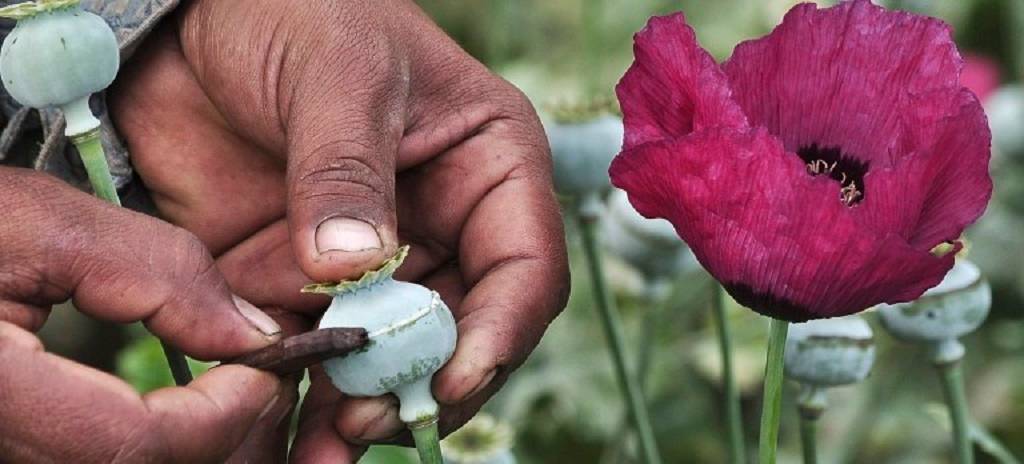
There are several different species of plants native to India that are used in the making of medicines. Opium is also one of those plants. However, not everyone is capable of growing this plant. You must obtain government permission and comply with the rules set up by the government to do so. Opium cultivation, as per the legal beliefs, is to be used only in pharmaceuticals.
Opium was previously only grown in a few parts of India. However, it is now being cultivated in many regions of Uttar Pradesh, Rajasthan, and Madhya Pradesh. Doda is the name of the fruit that grows on the plant. The doda fruit contains small white seeds. The cultivation of opium requires government authorization as it is a highly intoxicating compound. Growers must receive approval from the narcotics department before cultivating it. It is illegal to grow opium without the permission of the authorities.
Opium Cultivation Climatic Requirements
Among the cultivation conditions, the climate is a critical factor. Although dry winters without snow damage this crop, the opium plant can still endure freezing temperatures for short durations
A defensive layer of snow seems to be a very beneficial factor as it can help the opium plant withstand extreme temperatures as low as -10°C in some conditions. On the other hand, spring frosts are extremely dangerous for opium since they can kill the young vegetation.
Opium Extraction
Flowers begin to appear from the opium plant in only 100 to 115 days of sowing. Afterward, the flowers begin to bloom in the coming next 15 to 20 days. This bloomed flower also known as Dode, a small incision is made. Fluid is ejected from this incision. It is important to note that this method must always be finished before the sun rises.
This procedure is repeated until the crop fluid stops flowing. When the entire fluid is removed from the Dode, the seed gets extracted from it. The seed is then used as a medicine. Opium cultivation, if done legally and carefully can leave you with handsome harvesting returns.
















